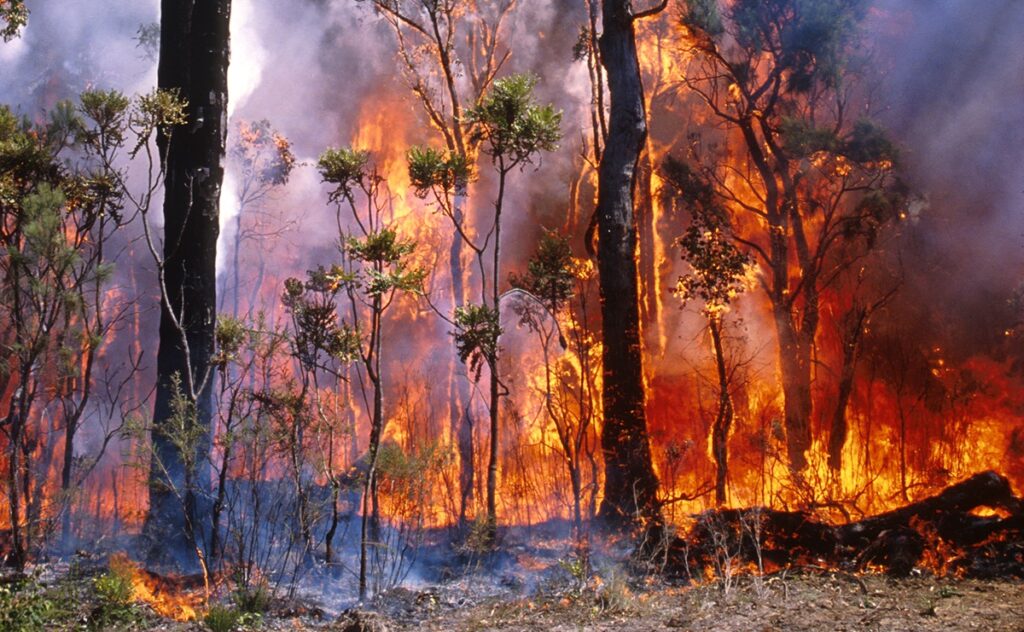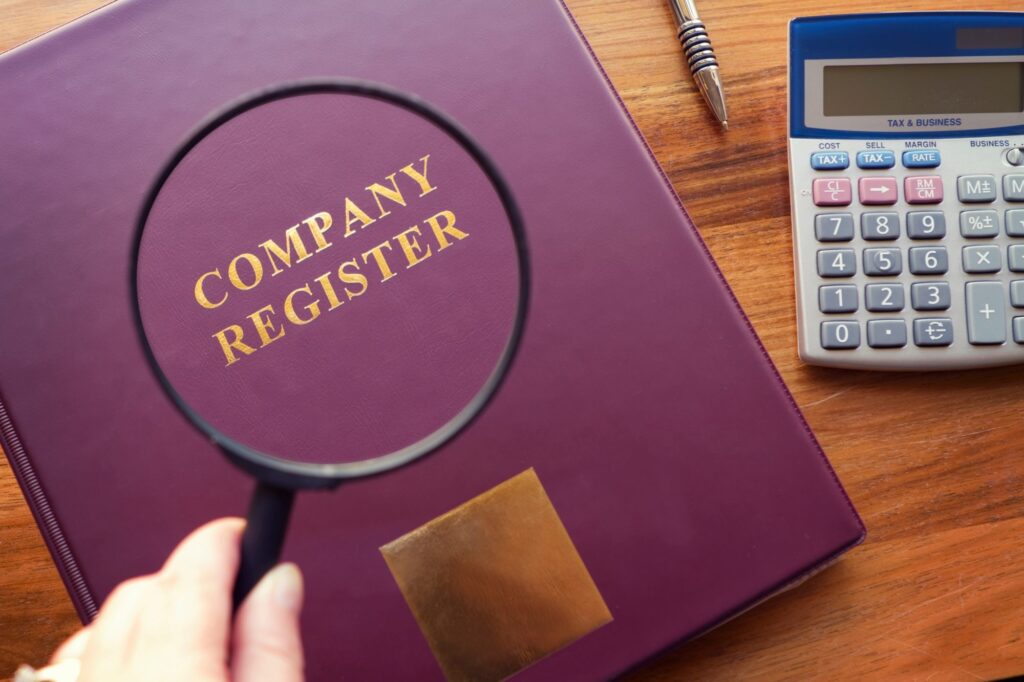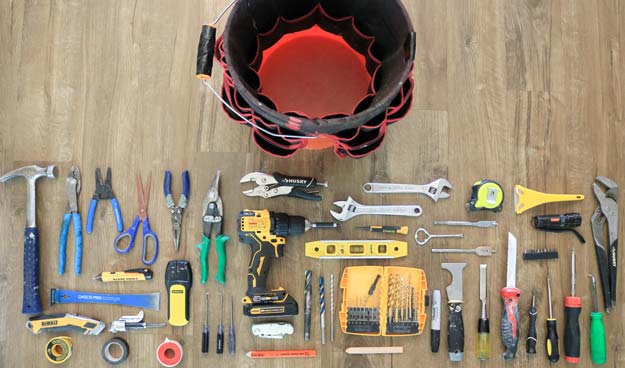Are you considering the exciting potential of real estate investment? In regions prone to bushfires, evaluating fire risks is essential for protecting your investment. Professional reports provide crucial insights that help investors make safer, more informed decisions.
A comprehensive property report highlights key factors, ensuring the property meets safety requirements. In this article, we will cover vital considerations for assessing bushfire risks before purchasing a property. Reading this guide will empower you to make smarter, more secure investment choices.
Understanding Attack Levels (BAL)
The Bushfire Attack Level (BAL) measures a property’s vulnerability to potential threats. It evaluates vegetation type, proximity, and land slope in determining bushfire exposure risk. Properties with higher BAL ratings face greater hazards, requiring additional construction standards. Consulting a professional report’s BAL rating helps establish essential safety precautions for the property. This assessment ensures adherence to building codes, improving overall safety for real estate occupants.
Evaluating Vegetation and Surrounding Topography
Vegetation type and density around an estate are crucial factors in assessing the risk. Denser vegetation, like forests and scrublands, significantly raises the chance of fire spread. Topographical features, including steep slopes, can intensify fire behaviour and impact containment. A trusted document provides insight into these surrounding environmental conditions and hazards. With this knowledge, effective fire mitigation strategies can be thoughtfully implemented on the property.
Assessing Historical Activity
Examining past bushfire incidents in an area can reveal patterns in future risk levels. Trusted reports from professional sources often include records of previous fires and their impacts on surrounding areas. This data aids in understanding the frequency and severity of local occurrences. Such insights are essential for assessing long-term safety and risk exposure. These findings also help develop effective emergency preparedness strategies for potential bushfire events.
Reviewing Local Firefighting Resources and Response Times
Proximity to firefighting resources and their response capabilities is crucial in managing bushfire threats. A trusted evaluation may highlight nearby fire stations’ locations and accessible emergency routes. Faster response times often enhance intervention success during a bushfire event on the estate. Knowledge of firefighting resources informs assessments of a property’s ability to handle bushfire risks. Additionally, response readiness can impact insurance premiums and associated costs.
Examining Building Materials and Construction Standards
A real estate’s construction materials affect its ability to withstand potential bushfire incidents. Fire-resistant building materials and adherence to updated construction standards greatly enhance safety measures. A report should confirm whether current construction complies with recommended bushfire standards. This check is crucial for evaluating the property’s durability against possible fire-related hazards. Additionally, construction standards influence maintenance requirements and future renovation considerations.
Considering Insurance Implications and Costs
Properties in bushfire-prone areas generally experience higher insurance premiums due to heightened risk levels. A trusted report offers valuable insight into specific risk factors and corresponding insurance costs. Awareness of these financial aspects is essential for practical budgeting and investment decisions. It also emphasises the importance of integrating risk mitigation strategies to manage expenses. Taking proactive measures can potentially lower ongoing insurance costs for real estate.
Investing in real estate wisely means prioritising safety and peace of mind for future security. Engaging professional services for a thorough property report ensures a comprehensive evaluation of potential risks. Detailed insights from experts empower you to protect your investment and loved ones. Trusting professional evaluations helps you make informed decisions, especially in high-risk bushfire areas. Secure your future by leveraging professional evaluations to enhance your investment confidence.






